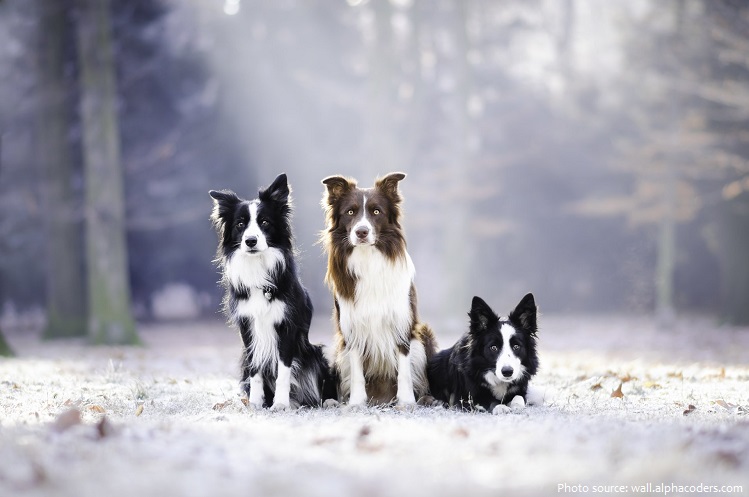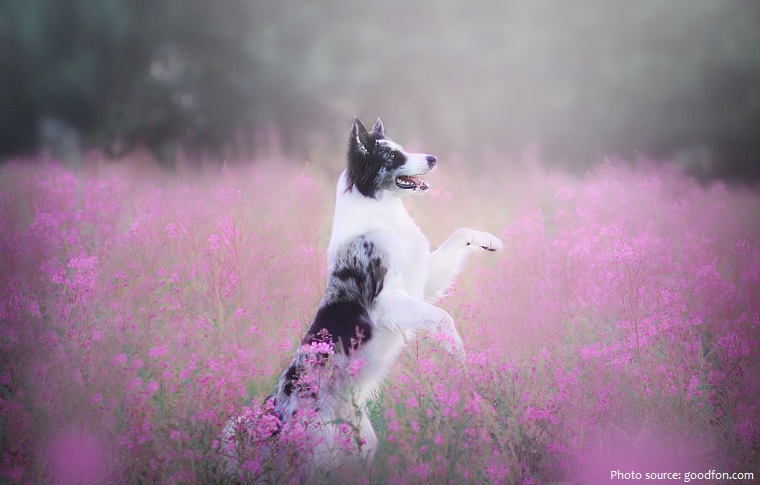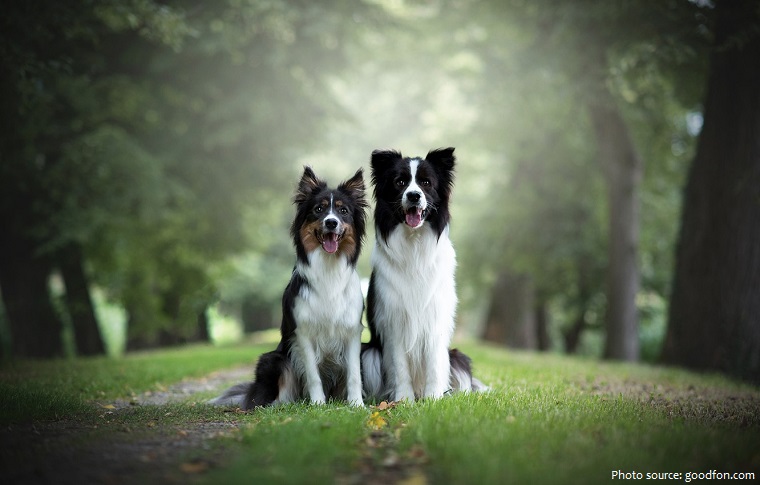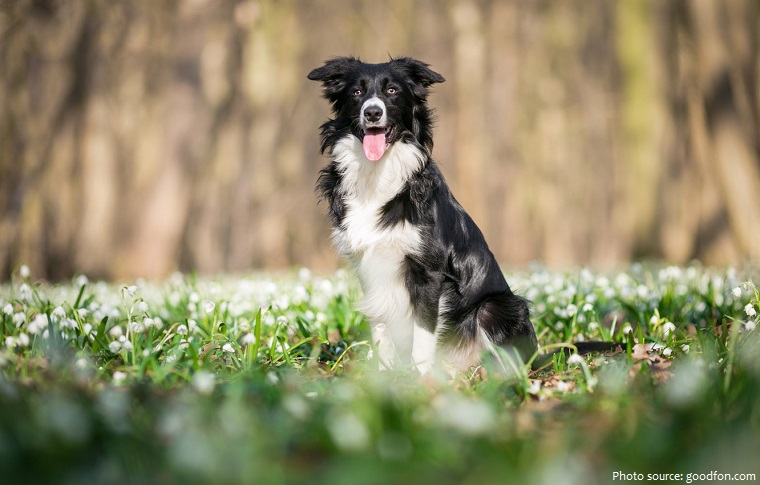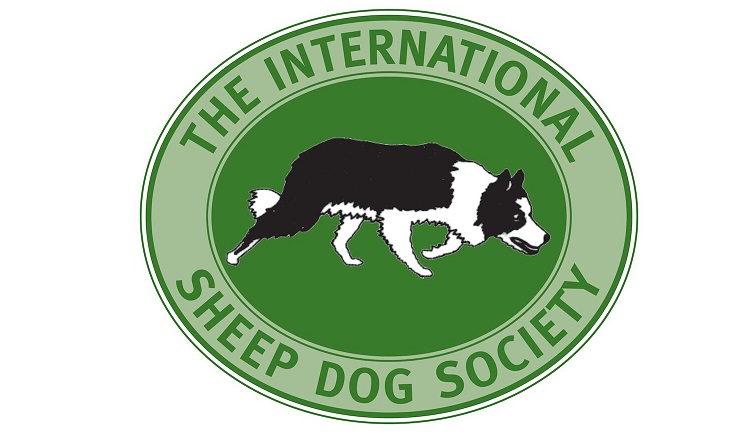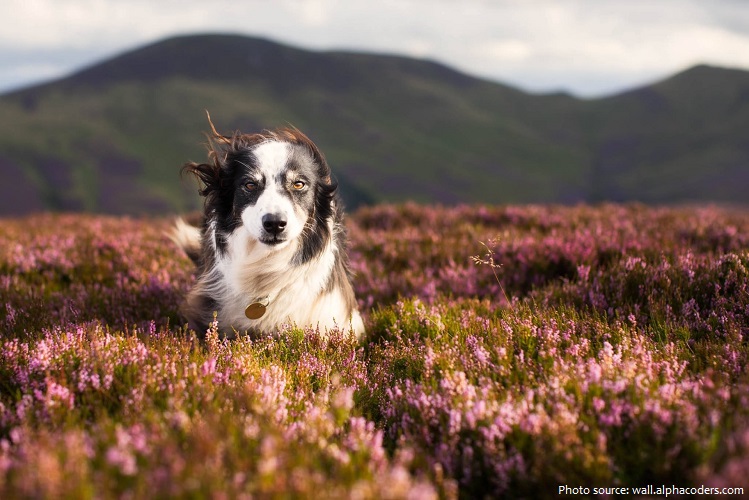The Border Collie is a working and herding dog breed.
It was developed on the borders of England and Scotland in the UK, hence its last name.
Mention of the “collie” or “colley” type first appeared toward the end of the 19th century, although the word “collie” is older than this and has its origin in the Scots language. It is also thought that the word ‘collie’ comes from the old Celtic word for useful.
Considered highly intelligent, extremely energetic, acrobatic and athletic, they frequently compete with great success in sheepdog trials and dog sports.
This breed is extremely driven, loyal, and hard-working. Border collies are happiest when they are working or playing, and will only settle down for cuddle time when the work day is done.
The Border Collie is the most well known breed for herding sheep throughout the world.
The lifespan of the Border Collie is usually from 10 to 17 years, with an average lifespan of 12 years.
Border collies are medium-sized dogs.
• Males are from 48 to 56 cm (19 to 22 in) tall and waigh from 14 to 20 kg (31 to 44 lb).
• Females are from 46 to 53 cm (18 to 21 in) tall and waigh from 12 to 19 kg (26 to 42 lb).
While black and white is the most commonly seen color pattern of the Border Collie, the breed appears in just about any color and pattern known to occur in dogs.
Eye color varies from brown to blue, and occasionally eyes of differing color occur – this is usually seen with merles.
Dogs bred for show are more homogeneous in appearance than working border collies, since to win in conformation showing they must conform closely to breed club standards that are specific on many points of the structure, coat, and color.
In general, the American Border Collie Association considers a dog’s appearance to be irrelevant. Instead, it is considered more useful to identify a working border collie by its attitude and ability.
The border collie is descended from landrace collies, a type found widely in the British Isles.
It originated in the border region between Scotland and England about 300 years ago. The breed was bred to herd livestock, particularly sheep, and combines intelligence and agility with a hardy constitution.
The border collie has remained true to its origins as a hardy, diligent, working dog.
In the mid-1800s, Queen Victoria became quite fond of the breed and likely contributed to its legacy as the ideal sheep-herding dog breed.
Old Hemp, a tricolour dog, was born in Northumberland in September 1893 and died in May 1901. He was bred by Adam Telfer from Roy, a black and tan dog, and Meg, a black-coated, strong-eyed dog. Hemp was a quiet, powerful dog to which sheep responded easily. Many shepherds used him for stud and Hemp’s working style became the Border Collie style. All pure border collies alive today can trace an ancestral line back to Old Hemp. He was believed to have sired as many as 200 pups over the span of his life.
Wiston Cap (b. 28 September 1963) is the dog that the International Sheep Dog Society badge portrays in the characteristic border collie herding pose. He was a popular stud dog in the history of the breed, and his bloodline can be seen in most bloodlines of the modern-day collie.
Border collies compete in trials under the auspices of a number of groups, the oldest being the International Sheepdog Society, which held its first international trial in Scotland in 1906.
At a trial, a dog is expected to perform tasks such as bringing sheep to a handler and rounding sheep into a pen. The trial lasts for 9 minutes, and each fault or error leads to a deduction from the 100 points the dog and handler have at the start of the trial (points can only be subtracted, not added).
Handlers use verbal commands with the collies, such as “come bye” – move clockwise around the flock, “come away” – move counterclockwise around the flock, “look back” – shift your attention to another part of the flock, and “that’ll do” – essentially a command for the dog to come, it means the herding is finished.
Border collies are known for glaring at sheep in order to intimidate the stock into doing what they want – this trait is known as “eye” and comes perhaps from the collie’s wolf ancestor who stares down a victim and establishes dominance before attacking.
The border collie’s speed, agility, and stamina have allowed them to dominate in dog activities like flyball and disc dog competitions.
Research by the award-winning Stanley Coren (USA), Professor of Psychology at the University of British Columbia – and the polling of 200 professional dog obedience judges – has revealed that the most intelligent of all dog breeds is the border collie, followed by the poodle and German shepherd.
